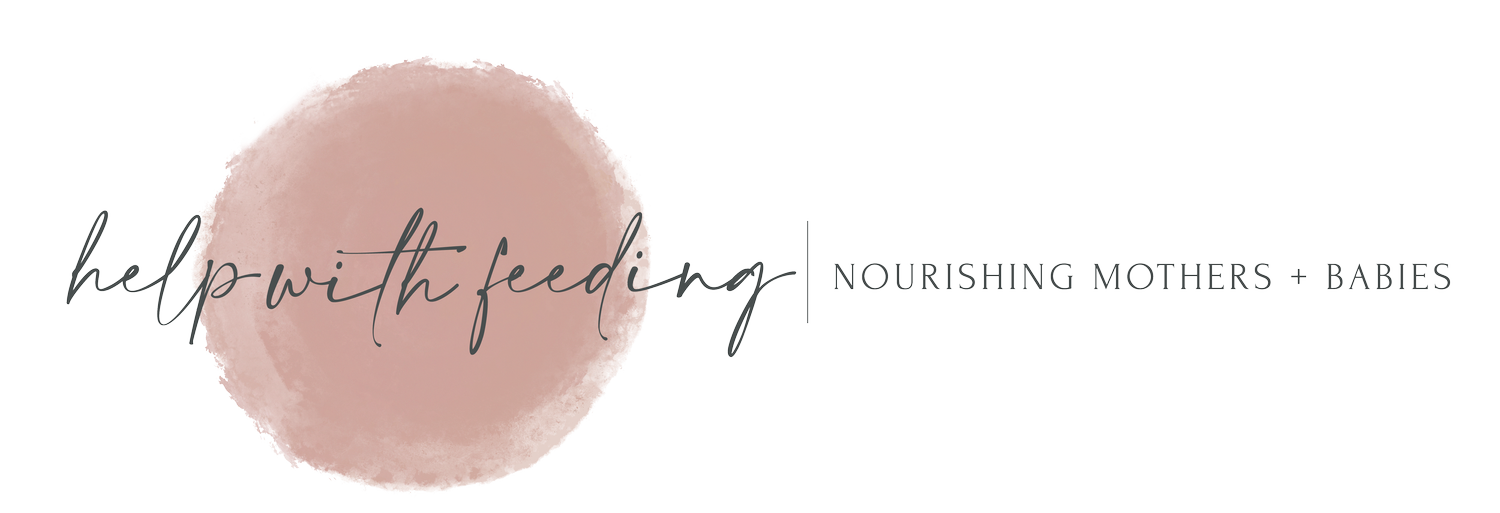How to Overcome Bottle Refusal
You have likely worked pretty hard to get this whole “exclusive breastfeeding” thing down and maybe even offered your baby a few bottles in the first few months, which she took without an issue. As you start coming out of the newborn fog, and maybe even want to leave the house without your little one for more than an hour, you offer the bottle again and NOPE! She pushes the nipple around with her tongue, chews on it, and your anxiety mounts as you realize SHE’S NOT GOING TO TAKE IT!
And forget the level of anxiety if you are due to return to work soon. What do you do?!
Well, I have some tips for you AND just know that you are not alone in the struggle.
First, I also want to assure you that your baby is NOT being stubborn of difficult. She just had a shift in her development that made sucking A CHOICE!
Sometime between 2-4 months of age, a baby’s sucking reflex integrates and feeding is no longer reflexive (i.e., when you stick a nipple in their mouth, they reflexively suck). That means your baby will show a preference for what she is most comfortable and familiar with!
SO, where do you begin??? Here are some tips to help your baby become comfortable with feeding outside the breast AND eliminate pressure on both of you:
Adjust your expectations. Put 1/2 ounce of breastmilk in the bottle and only “work on” feeding with the bottle as long as your baby is content or only mildly frustrated/annoyed. Do not EVER work on the bottle past the point of fussing - i.e., DO NOT WORK ON IT UNTIL SHE CRIES. Offer this type of practice between feedings or 30 minutes before baby is expected to feed so she is more willing.
Change one variable at a time. That means that you, the one who typically feeds her, should be the one trying the bottle. You are her “person” for feeding! If you change the person, the place, the position, and the feeding method all at once, that’s a lot.
Try placing your baby in a more neutral position such as against the corner of the couch, reclined or on her side on a Boppy pillow, or even in a reclined high chair. Often the “man handling” that happens when you are holding a wiggly, protesting baby is uncomfortable for both you and baby. Level the playing field and have some happy, face-to-face conversations with your babe while you encourage her to tolerate the silicone nipple in her mouth.
Always provide positive reinforcement when you start out with the bottle. That means, offer a small amount in the bottle and then offer the breast right after. This is a gentle way to reassure the baby that it’s okay to try something different and that she will still be breastfed after. The more positive, pressure-free experiences she has with the bottle, the more likely she is to become a more flexible feeder.
Before you buy 10 different bottles, consult with a bottle-feeding specialist to figure out what might be the best fit for YOUR baby. It’s most often NOT the type of bottle, but the change in method itself.
If you and your baby are struggling with the transition to bottles, sign up for a FREE video consultation to see how I can help you through this stressful time OR check out my digital “how to” guide to help you get started today.

